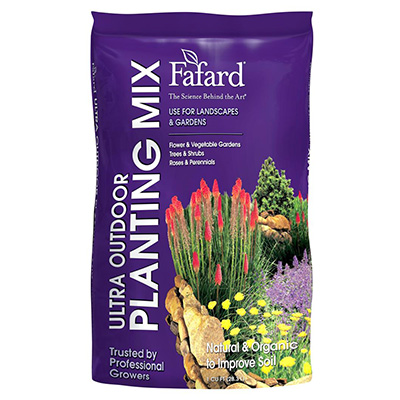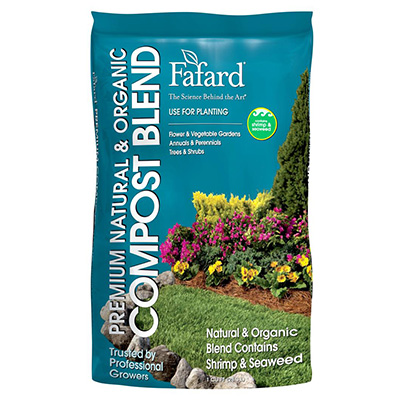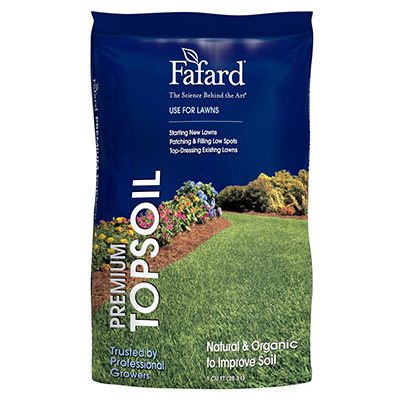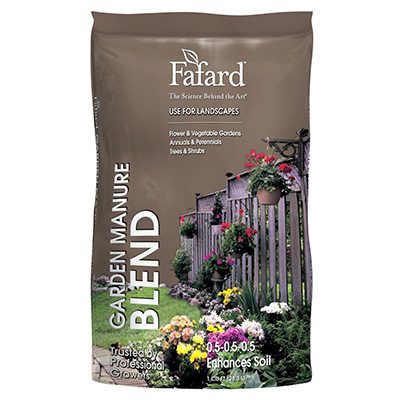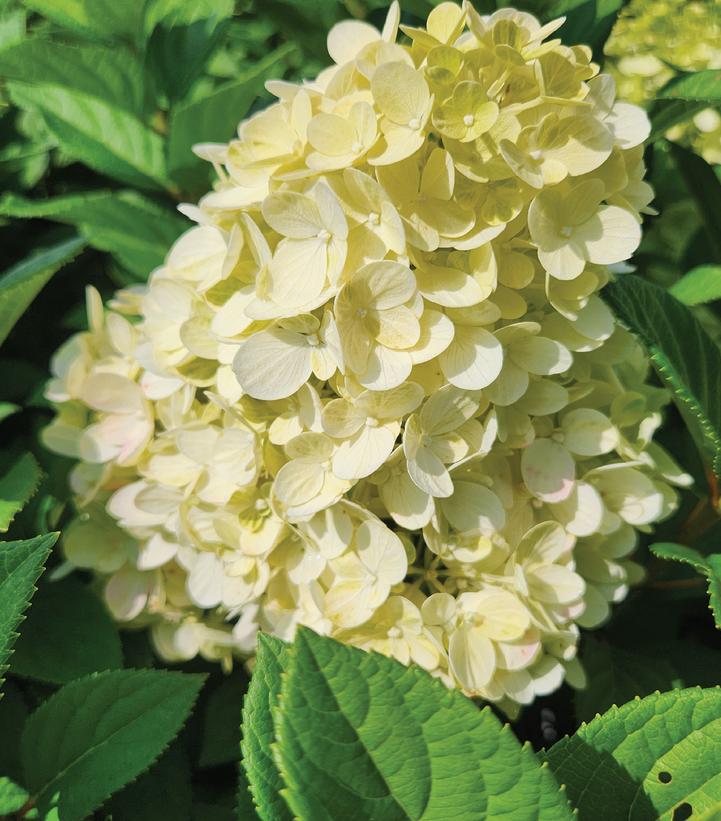
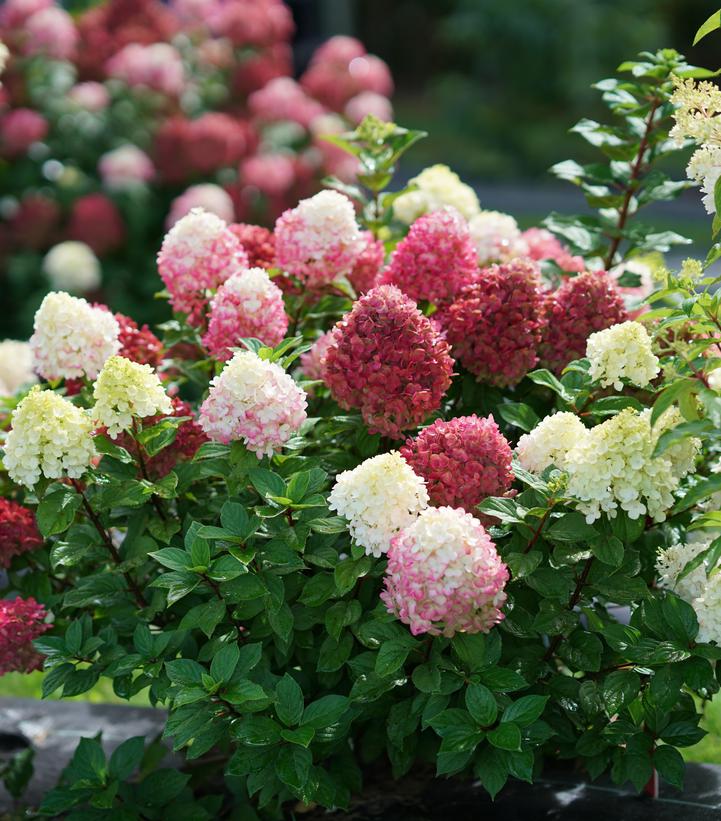
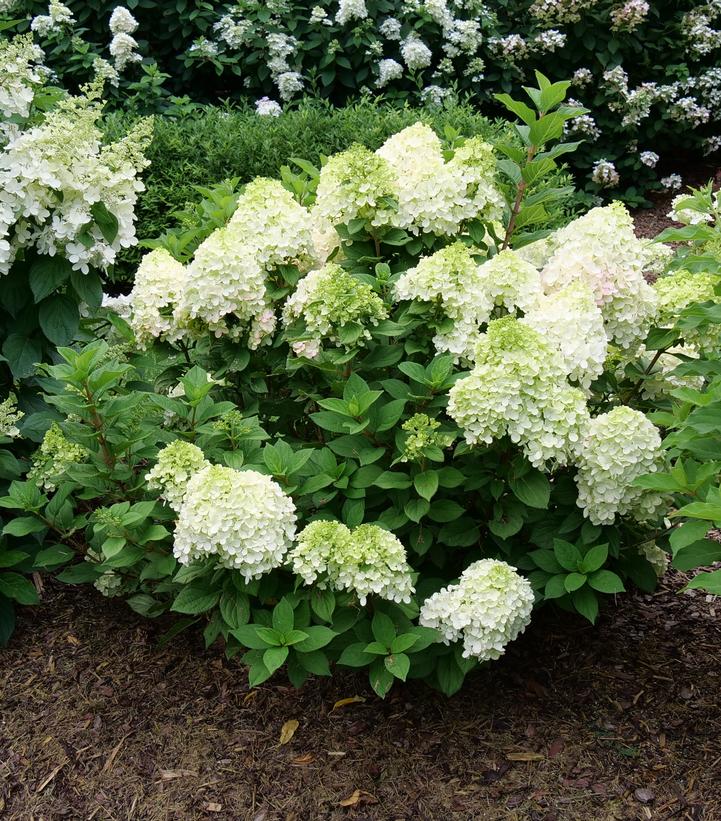



Hydrangea paniculata Little Lime Punch®
Little Lime Punch® Panicle Hydrangea
- Reblooms
- Impactful fall color
- Fantastic color show

- Category: Shrub
- Alternate Cultivar: 'SMNHPH'
- Patent: PP33207
- Breeder: Proven Winners
- Hardiness Zone: 3-8
- Height: 36-60 in
- Spread: 36-60 in
- Bloom Color: Green Shades, Pink Shades, Red Shades, White Shades
- Foliage Color: Green Shades
Purchase options for Little Lime Punch® Panicle Hydrangea
- Size: 2 Gallon 18-21"
- Status: BeautiFULL
- Availability: Online
$55.00
- Size: 3 Gallon 15-18"
- Status: Sheared and/or Dormant
- Availability: Online
$74.00
-
Size:
3 Gallon 30-36"
Tree Form - Status: Sheared and/or Dormant
- Availability: Online
$106.00
Success Starts With Soil
Fafard Premium Natural & Organic Compost
$12.99
Add To CartIt's a special day when you discover a plant that's as unique and beautiful as this one. Similar to Little Lime® hydrangea with its useful, compact stature and emerging lime-green blooms, but it differs as the flowers age to pink. New blooms emerge to give you a festive mix of pink, green, white, and Hawaiian Punch-red blooms all on the same plant. It's hard to describe, but the plants just make you feel happy.
Attributes
| • | Border or Bed |
| • | Container |
| • | Cut Flower/Foliage |
| • | Dried Flower/Foliage |
| • | Fall Color |
| • | Reblooming |
Foliage Color
| • | Green |
Programs
| • | Proven Winners |
Exposure
| • | Partial Sun |
Habit
| • | Mounding |
Soil Moisture
| • | Average Water |
Growing Tips for Hydrangea paniculata 'Little Lime Punch®'
Panicle hydrangeas are the most sun tolerant hydrangeas and are also resistant to wilting. In cooler climates, full sun is recommended for best stem strength and flower set. Flower color is unaffected by soil chemistry. If flowers turn brown and dry instead of aging to pink or red, this indicates that the plant needs more water or that nighttime temperatures are too high for the transition to occur.
In late winter or early spring, cut back by about one-third its total height, just above a set of large buds. This ensures that the growth for the season will come vigorous buds lower on the plant and also serves to remove any remaining dried blooms. Alternatively, cut back in autumn once the plant has gone completely dormant. May be cut back harder if desired, though this tends to produce stems that are unable to achieve maximum stem strength the following season.

